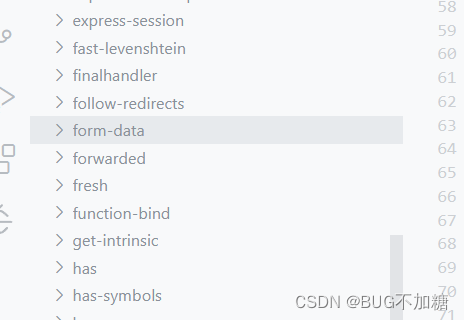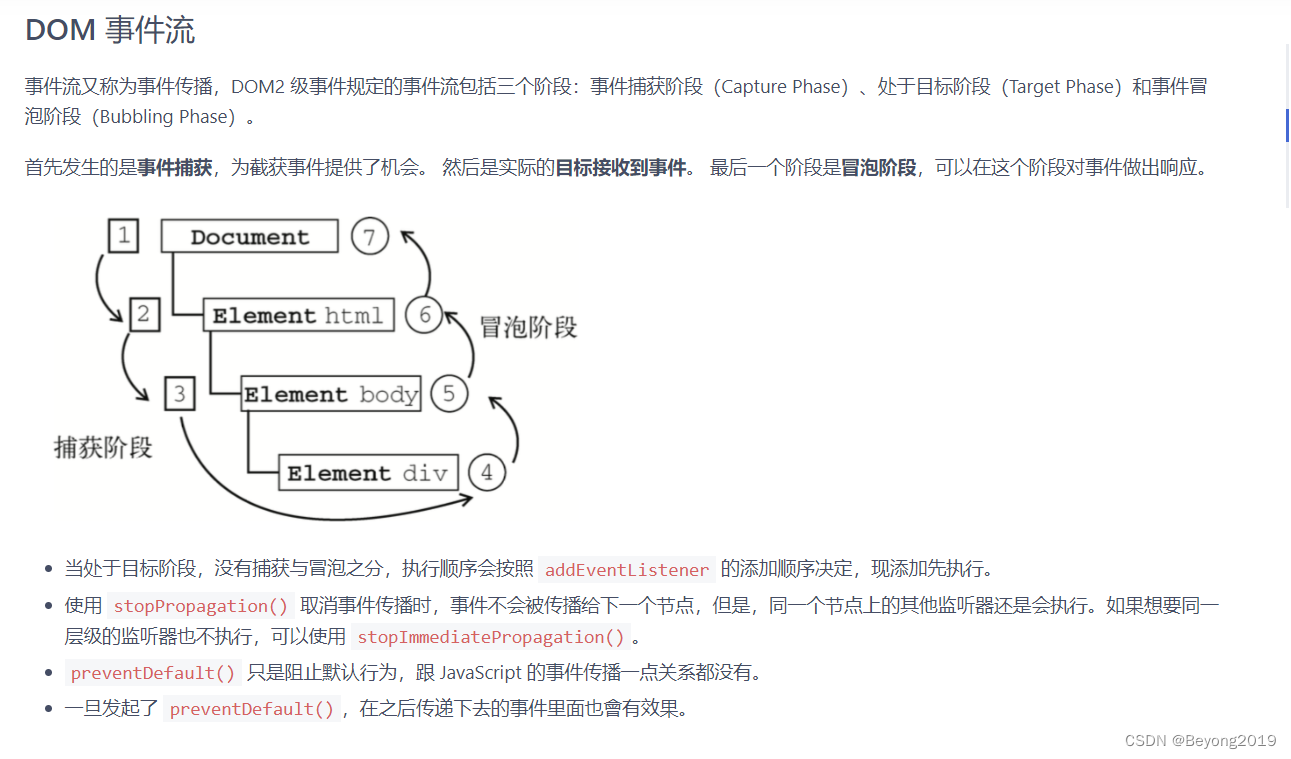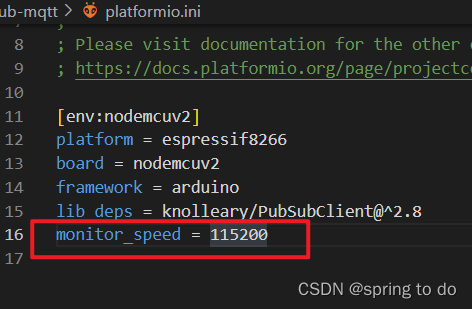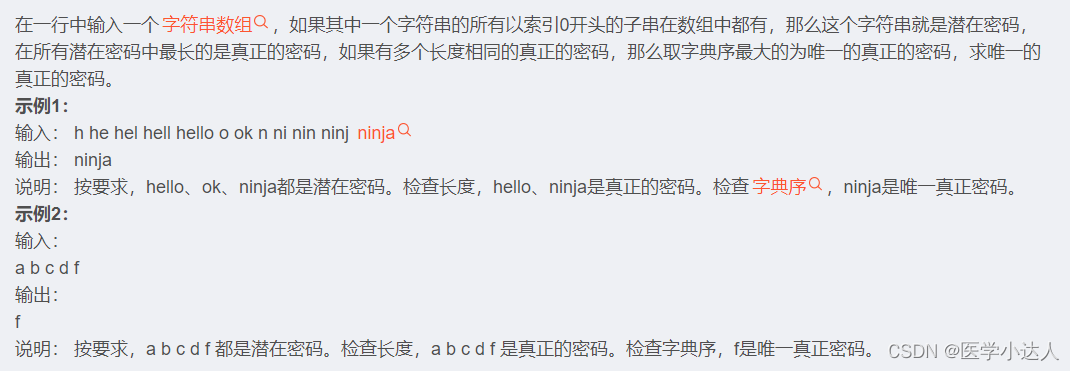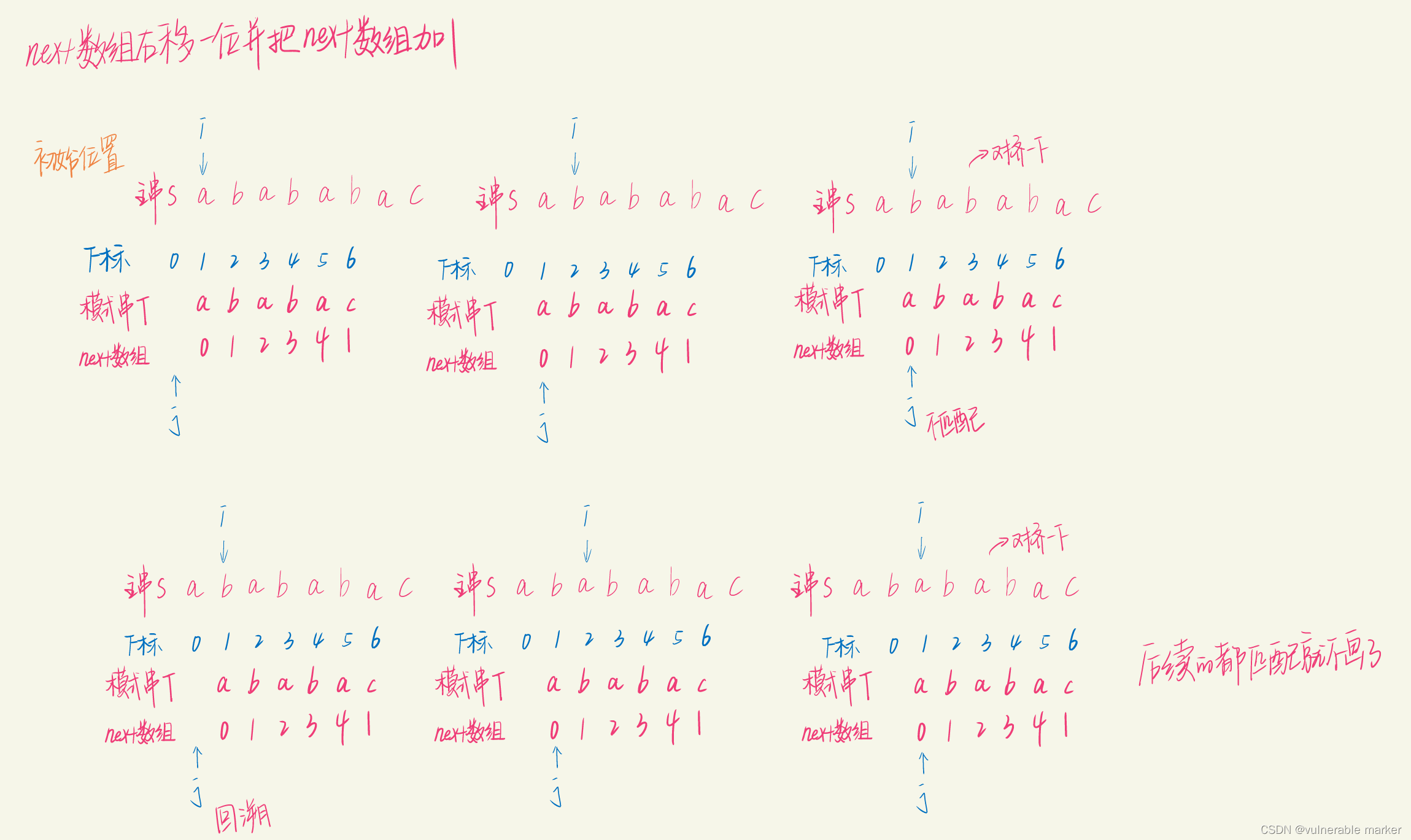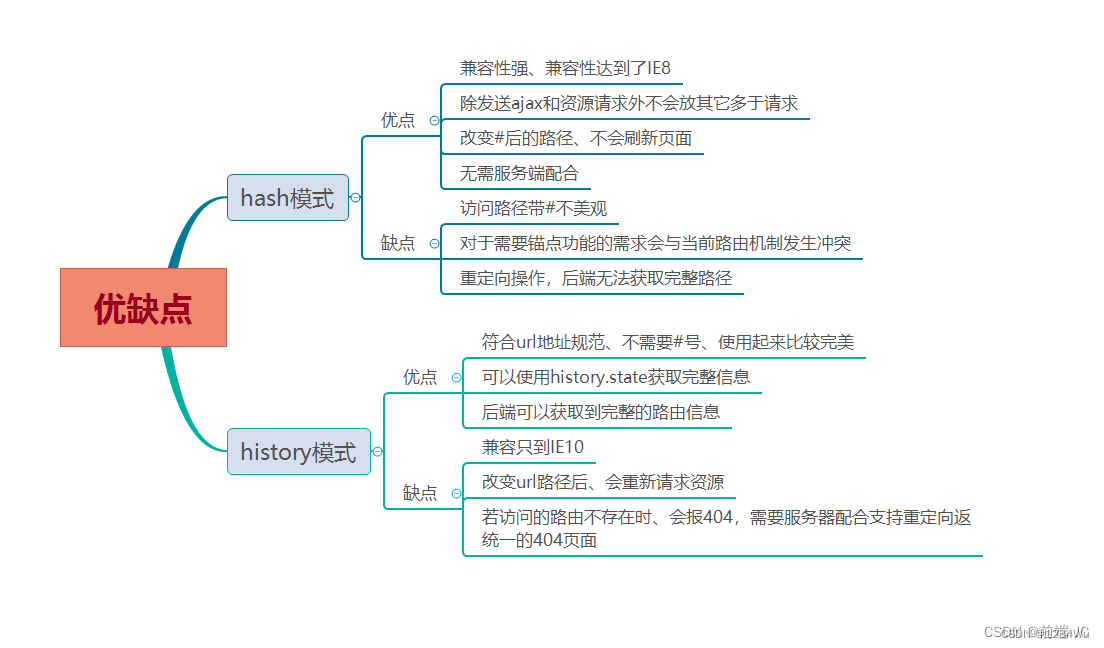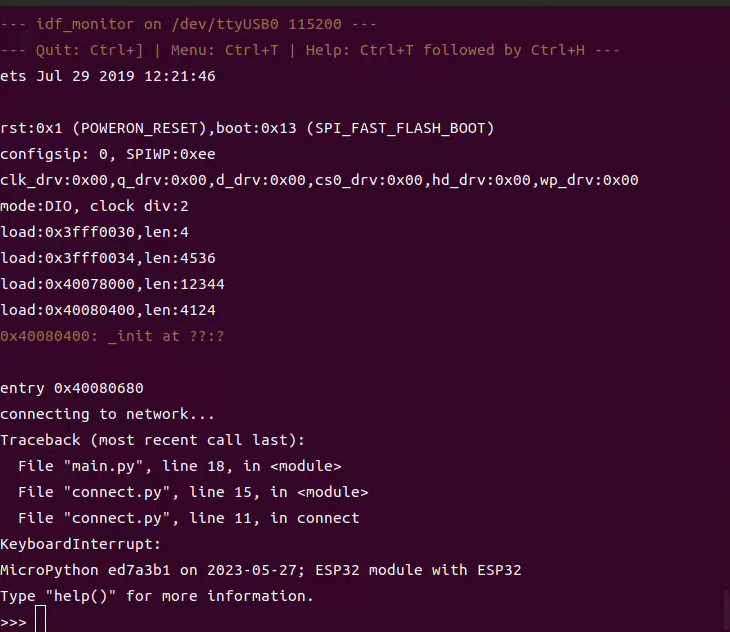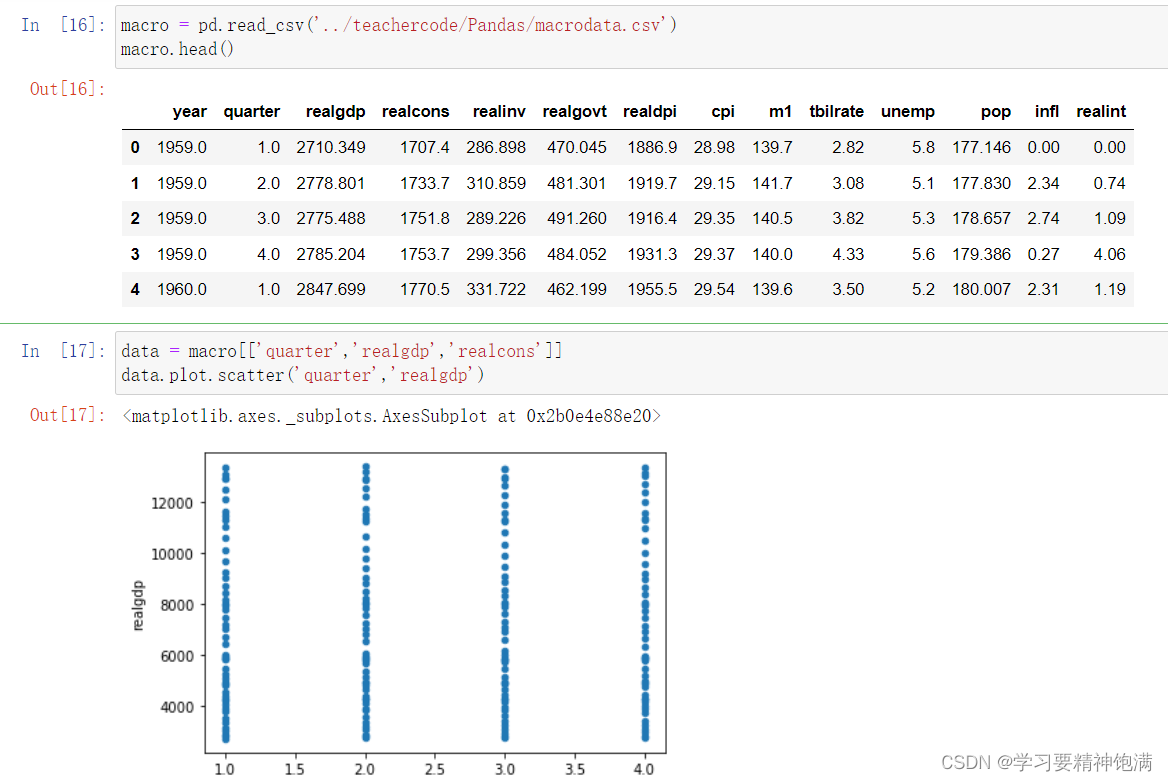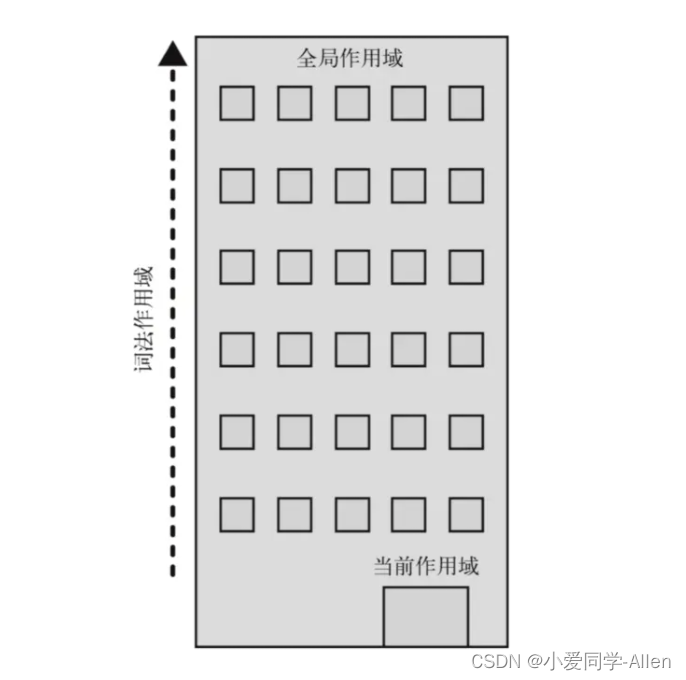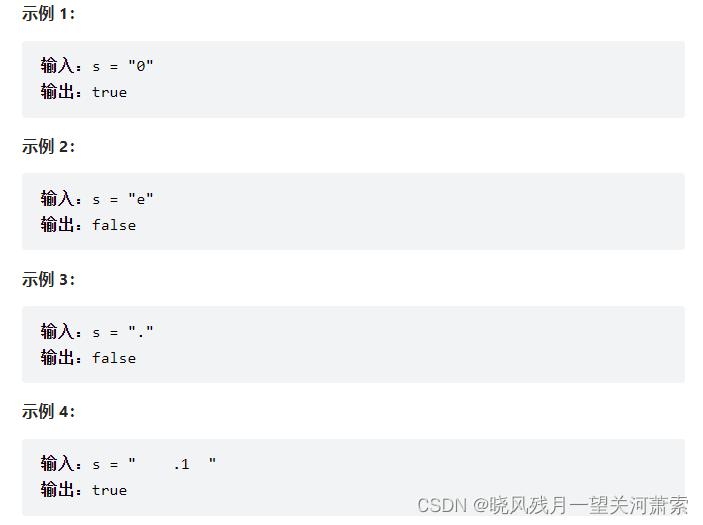算法|6.堆结构、堆排序、加强堆
1.比较器的定义
题意:定义一个学生类,分别实现对学生对象数组按年龄升序、按id降序、按名字的字典序、按id排序且id相同的年龄大的排在前边。
解题思路:
- 定义一个学生类
- 定义一个实现了Comparator接口的类A
- 使用Arrays.sort对它们进行排序时,传一个类A的对象
补充:字符串比较
- equals():比较是否相等,相等返回true,不相等返回false
str1.equals(str2); - equalsIgnoreCase():功能与上边类似,但是忽略大小写
- ==:比较对象引用是否引用相同的实例,一致返回true,不一致返回false
- compareTo():按字典序比较(默认升序)
str.compareTo(String otherstr);
这里的需求显然采取最后一种,并且使用默认的即可,倘若要降序,只需要将两个参数交换位置即可。
核心代码:
public static class Student{
String name;
int id;
int age;
public Student(String name, int id, int age) {
this.name = name;
this.id = id;
this.age = age;
}
@Override
public String toString() {
return "Student{" +
"name='" + name + '\'' +
", id=" + id +
", age=" + age +
'}';
}
}
//年龄升序
public static class AgeShengOrder implements Comparator<Student>{
@Override
public int compare(Student o1, Student o2) {
return o1.age-o2.age;
}
}
//id降序
public static class IdJiangOrder implements Comparator<Student>{
@Override
public int compare(Student o1, Student o2) {
return o2.id-o1.id;
}
}
//按名字的字典序
public static class NameOrder implements Comparator<Student>{
@Override
public int compare(Student o1, Student o2) {
return o1.name.compareTo(o2.name);
}
}
//按id排序,id相同,按年龄的降序
public static class IdShengAgeJiangOrder implements Comparator<Student>{
@Override
public int compare(Student o1, Student o2) {
return o1.id==o2.id? (o2.age- o1.age):(o1.id-o2.id);
}
}
测试代码:
// for test
public static Student[] copyArray(Student[] arr) {
if (arr == null) {
return null;
}
Student[] res = new Student[arr.length];
for (int i = 0; i < arr.length; i++) {
res[i] = arr[i];
}
return res;
}
//for test
public static void main(String[] args) {
Student[] students=new Student[6];
students[0]=new Student("zhangsan",1,16);
students[1]=new Student("lisi",2,17);
students[2]=new Student("wangwu",3,13);
students[3]=new Student("zhaoliu",4,31);
students[4]=new Student("liuqi",5,25);
students[5]=new Student("yuanba",5,28);
Student[] students1=copyArray(students);
Student[] students2=copyArray(students);
Student[] students3=copyArray(students);
System.out.println("按age升序");
Arrays.sort(students,new AgeShengOrder());
System.out.println(Arrays.toString(students));
System.out.println("按id降序");
Arrays.sort(students,new IdJiangOrder());
System.out.println(Arrays.toString(students));
System.out.println("按名字字典序");
Arrays.sort(students,new NameOrder());
System.out.println(Arrays.toString(students));
System.out.println("按ID升序age降序");
Arrays.sort(students,new IdShengAgeJiangOrder());
System.out.println(Arrays.toString(students));
}
测试结果:
![[外链图片转存失败,源站可能有防盗链机制,建议将图片保存下来直接上传(img-kZhFurBc-1685191183079)(F:\typora插图\image-20230527095309509.png)]](https://img-blog.csdnimg.cn/92aa1564164447ab8cd2bd48a84b1716.png)
2.堆结构
题意:构建堆结构,完成堆元素的插入、弹出、判空、判满
其中插入依赖于1.堆元素的插入方法,弹出依赖于 2.堆顶元素的删除方法。
另外,实验系统的大根堆、小跟堆怎么用
解题思路:
说明:知道什么是完全二叉树、父节点和子节点位置之间的关系(i,2i+1,2i+2)
- 注意:顺序
largest=heap[largest]>index?largest:index;``left=2*index+1;;比较的都是元素,得到的临时结果都是坐标 - 堆实际是一颗完全二叉树,数据存放实际是在一个数组中,因此先提供一个数组
- 插入,先判满
- 弹出,先判空
- 元素插入堆——是看元素是不是上浮
- 元素从堆顶删除——使用了替换法,堆顶和堆尾交换,之后依次从顶向下考察
核心代码:
public static class MyMaxHeap{
private int[] heap;
private int heapSize;
private final int limit;
public MyMaxHeap(int limit) {
heap=new int[limit];
heapSize=0;
this.limit = limit;
}
//判空
public boolean isEmpty(){
return heapSize==0;
}
//判满
public boolean isFull(){
return heapSize==limit;
}
//插入元素
public void push(int value){
if(isFull()){
System.out.println("已满,误cue");
return ;
}
heap[heapSize]=value;
heapInsert(heap,heapSize++);
}
//元素上浮
private void heapInsert(int[] heap, int index) {
//孩子[index] 左右孩子父亲[(index-1)/2]
//1.上到顶了没 2.不大于父亲
while(heap[index]>heap[(index-1)/2]){
swap(heap,index,(index-1)/2);
index=(index-1)/2;
}
}
private void swap(int[] arr,int i,int j){
int tmp=arr[i];
arr[i]=arr[j];
arr[j]=tmp;
}
//弹出元素
public int pop(){
if(isEmpty()){
System.out.println("当前为空,别调");
return -1;
}
int ans=heap[0];
swap(heap,0,--heapSize);
heapify(heap,0,heapSize);
return ans;
}
//元素下沉
private void heapify(int[] heap, int index, int heapSize) {
int left=2*index+1;
//以左孩子有没有为循环条件
//右孩子有没有可能有可能没有
while(left<heapSize){
//孩子中最大的:右孩子有且大于左孩子
int largest=left+1<heapSize&&heap[left+1]>heap[left]?left+1:left;
largest=heap[largest]>heap[index]?largest:index;
if(largest==index){
break;
}
swap(heap,index,largest);
index=largest;
left=2*index+1;
}
}
}
public static class BigCom implements Comparator<Integer>{
@Override
public int compare(Integer o1, Integer o2) {
return o2-o1;
}
}
测试代码:
public static void main(String[] args) {
System.out.println("系统大根堆");
//默认是小根堆
PriorityQueue<Integer> pq=new PriorityQueue<>(new BigCom());
pq.add(57);
pq.add(51);
pq.add(52);
pq.add(54);
pq.add(56);
pq.add(59);
while(!pq.isEmpty()){
System.out.println(pq.poll());
}
System.out.println("===========================");
System.out.println("自定义大根堆");
MyMaxHeap myMaxHeap=new MyMaxHeap(6);
myMaxHeap.push(57);
myMaxHeap.push(51);
myMaxHeap.push(52);
myMaxHeap.push(54);
myMaxHeap.push(56);
myMaxHeap.push(59);
System.out.println(myMaxHeap.pop());
System.out.println(myMaxHeap.pop());
System.out.println(myMaxHeap.pop());
System.out.println(myMaxHeap.pop());
System.out.println(myMaxHeap.pop());
System.out.println(myMaxHeap.pop());
}
测试结果:
![[外链图片转存失败,源站可能有防盗链机制,建议将图片保存下来直接上传(img-Vjoh1MsT-1685191183080)(F:\typora插图\image-20230527171622475.png)]](https://img-blog.csdnimg.cn/6614dce6773e48199573526ebba71f9f.png)
3.堆排序
题意:使用堆排序算法对数组进行排序
解题思路:
-
堆排序就是在堆的基础上在进行调整(调用上浮下沉方法)的排序算法
-
堆排序的堆建法有两种,一种是从下往上建,这样要求数据全部给出,另一种是从上往下建,也是经典建法,能够适应数据一个一个给出的情况
这里把两种都给出,但是还是主要理解第二种
-
(以升序为例)构建方法主要是创建大根堆后,不断将堆顶“弹出”
复杂度、稳定性分析:
平均/最好时间复杂度:O(NlogN)
平均/最好空间复杂度:O(logN)
不稳定
核心代码:
public static void heapSort(int[] arr) {
if (arr == null || arr.length < 2) {
return;
}
//从上往下O(N*logN)
for (int i = 0; i < arr.length; i++) {
heapInsert(arr,i);
}
//从下往上O(N)
// for (int i = arr.length - 1; i >= 0; i--) {
// heapify(arr, i, arr.length);
// }
int heapSize = arr.length;
swap(arr, 0, --heapSize);
while (heapSize > 0) {
heapify(arr, 0, heapSize);
swap(arr, 0, --heapSize);
}
}
//元素上浮
private static void heapInsert(int[] heap, int index) {
//孩子[index] 左右孩子父亲[(index-1)/2]
//1.上到顶了没 2.不大于父亲
while (heap[index] > heap[(index - 1) / 2]) {
swap(heap, index, (index - 1) / 2);
index = (index - 1) / 2;
}
}
private static void swap(int[] arr, int i, int j) {
int tmp = arr[i];
arr[i] = arr[j];
arr[j] = tmp;
}
//元素下沉
private static void heapify(int[] heap, int index, int heapSize) {
int left = 2 * index + 1;
//以左孩子有没有为循环条件
//右孩子有没有可能有可能没有
while (left < heapSize) {
//孩子中最大的:右孩子有且大于左孩子
int largest = left + 1 < heapSize && heap[left + 1] > heap[left] ? left + 1 : left;
largest = heap[largest] > heap[index] ? largest : index;
if (largest == index) {
break;
}
swap(heap, index, largest);
index = largest;
left = 2 * index + 1;
}
}
测试代码:
// for test
public static void comparator(int[] arr) {
Arrays.sort(arr);
}
测试结果:![[外链图片转存失败,源站可能有防盗链机制,建议将图片保存下来直接上传(img-VRouNdkh-1685191183081)(F:\typora插图\image-20230527123314276.png)]](https://img-blog.csdnimg.cn/b0484ae954ca42f0b4fc21f821d7214f.png)
4.加强堆
题意:给定堆结构,保证删除指定元素时间复杂度为O(logN)。
说明:
-
已经入堆的元素,如果参与排序的指标方法变化,针对每个元素,系统提供的堆无法做到时间复杂度为O(logN),都是O(N)
-
系统提供的堆只能弹出堆顶,做不到自由删除任何一个堆中的元素/做不到在O(logN)的条件下完成弹出
解题思路:
- 做不到自如弹出,是因为,元素进堆之后,我们不能确定它的位置
- 如果知道具体位置,那么调整还是删除直接对当前位置进行heapInser或者heapify即可
- 怎么知道具体位置——我们手动加一张反向索引表,即通过元素值得到它在堆中的位置
核心代码:
//堆中的元素一定要是引用类型,否则就包一层
public class HeapGreater<T> {
private ArrayList<T> heap;
//精华所在
private HashMap<T, Integer> indexMap;
private int heapSize;
private Comparator<? super T> comp;
public HeapGreater(Comparator<? super T> comp) {
this.comp = comp;
heap = new ArrayList<>();
indexMap = new HashMap<>();
heapSize = 0;
}
//判空
public boolean isEmpty() {
return heapSize == 0;
}
//判满——没必要,容器大小可以动态变化
//看堆顶
public T peek(){
return heap.get(0);//这里使用的是ArrayList的方法
}
//压入元素
public void push(T value){
heap.add(value);
indexMap.put(value,heapSize);//调整之后的坐标在swap中进行更改
heapInsert(heapSize++);
}
//弹出元素
public T pop() {
T ans=heap.get(0);
swap(0,heapSize-1);
indexMap.remove(ans);
heapify(0);
return ans;
}
//删除值为obj的元素
public void remove(T obj){
T replace=heap.get(heapSize-1);
int index=indexMap.get(obj);
indexMap.remove(obj);
heap.remove(--heapSize);
//如果是堆底直接删,不影响,反之需要重新设置
if(obj!=replace){
heap.set(index,replace);
indexMap.put(replace,index);
resign(replace);
}
}
public void resign(T obj) {
heapInsert(indexMap.get(obj));
heapify(indexMap.get(obj));
}
//返回堆上所有的元素
public List<T> getAllElements(){
List<T> ans = new ArrayList<>();
for (T c : heap) {
ans.add(c);
}
return ans;
}
//元素上浮
private void heapInsert(int index) {
//默认建立小跟堆
//1.上到顶了没 2.不大于父亲
while(comp.compare(heap.get(index),heap.get((index-1)/2))<0){
swap(index,(index-1)/2);
index=(index-1)/2;
}
}
private void swap(int i,int j){
T o1=heap.get(i);
T o2 = heap.get(j);
heap.set(i,o2);
heap.set(j,o1);
indexMap.put(o2,i);
indexMap.put(o1,j);
}
//元素下沉
private void heapify(int index) {
int left=2*index+1;
while(left<heapSize){
int best=left+1<heapSize&&comp.compare(heap.get(left+1),heap.get(left))<0?left+1:left;
best=comp.compare(heap.get(best),heap.get(index))<0?best:index;
if(best==index){
break;
}
swap(index,best);
index=best;
left=2*index+1;
}
}
public static class MyCom implements Comparator<Integer>{
@Override
public int compare(Integer o1, Integer o2) {
return o1-o2;
}
}
}
测试代码:
public static void main(String[] args) {
HeapGreater<Integer> heapGreater=new HeapGreater<>(new MyCom());
heapGreater.push(1);
heapGreater.push(11111);
heapGreater.push(1111);
heapGreater.push(111);
System.out.println(heapGreater.getAllElements());
System.out.println(heapGreater.pop());
heapGreater.remove(111);
System.out.println(heapGreater.getAllElements());
}
测试结果:![[外链图片转存失败,源站可能有防盗链机制,建议将图片保存下来直接上传(img-oVUzsMo2-1685191183082)(F:\typora插图\image-20230527172349440.png)]](https://img-blog.csdnimg.cn/104a070a54b6448095498c64b6cf5707.png)
堆基本内容总结
堆是一颗完全二叉树。优先级队列底层是它。
逻辑结构是完全二叉树,存储结构是数组
性质:
- 堆中某个节点的值总是不大于或不小于其父节点的值;
- 堆总是一棵完全二叉树。
例题总结:
- 比较器:非基础类型;类实现接口;传对象
- 堆创建:数组;pop–下沉heapify,push——上浮heapInsert(while条件的两个作用)
- 堆排序:从下往上建堆;从上往下建堆;比较的元素,赋的值是坐标heapSort(建堆(heapInsert)+改成有序(heapify)),升序建大根堆,降序建小跟堆
